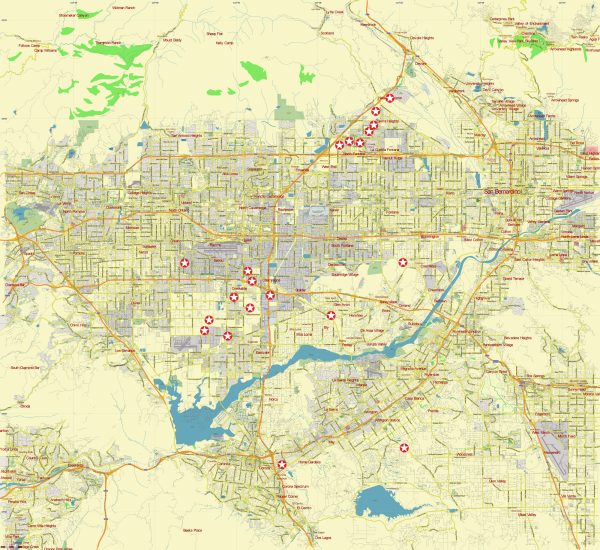The history of urban development in the North Los Angeles area, California, is a complex and dynamic story that spans several centuries. The region has undergone significant transformations, influenced by factors such as population growth, economic development, transportation infrastructure, and cultural changes. Here is a brief overview of key periods in the urban development of North Los Angeles:
- Indigenous Peoples: Before European colonization, the North Los Angeles area was inhabited by various indigenous peoples, including the Tongva and Chumash. These communities had established villages and adapted to the diverse ecosystems of the region.
- Spanish Colonial Era: The Spanish colonization of California in the late 18th century had a profound impact on the area. Spanish missions were established, including the famous San Fernando Rey de España Mission, which played a role in shaping the landscape and influencing settlement patterns.
- Mexican and Early American Period: In the early 19th century, Mexico gained independence from Spain, and California became a Mexican territory. The secularization of the missions led to the distribution of land grants. The discovery of gold in California in 1848 and the subsequent influx of settlers contributed to the region’s growth.
- Railroad Development: The late 19th century saw the expansion of the railroad network, connecting North Los Angeles to other parts of the state and the country. This facilitated the movement of people and goods and played a crucial role in the region’s economic development.
- Suburbanization and the Rise of the San Fernando Valley: The early to mid-20th century witnessed significant suburbanization in the North Los Angeles area, particularly in the San Fernando Valley. The development of the entertainment industry in Hollywood further fueled population growth. The post-World War II era saw a housing boom, and the construction of freeways facilitated suburban expansion.
- Cultural and Economic Shifts: The latter half of the 20th century brought about cultural and economic shifts in the region. The aerospace industry played a significant role in the economy, and the entertainment industry continued to thrive. Immigration also contributed to the area’s cultural diversity.
- Challenges and Redevelopment: The late 20th and early 21st centuries brought challenges such as urban sprawl, traffic congestion, and environmental concerns. Efforts were made to revitalize and redevelop certain areas, promoting sustainable development and addressing infrastructure issues.
- Modern Urban Planning: In recent years, there has been a focus on urban planning and sustainable development in North Los Angeles. Initiatives aim to improve public transportation, create green spaces, and address affordable housing needs.
Throughout its history, the North Los Angeles area has experienced rapid growth, cultural diversity, and economic transformation. The interplay of historical events, technological advancements, and societal changes has shaped the urban landscape we see today.


 Author: Kirill Shrayber, Ph.D.
Author: Kirill Shrayber, Ph.D.